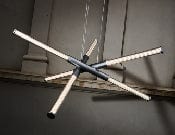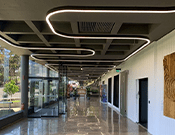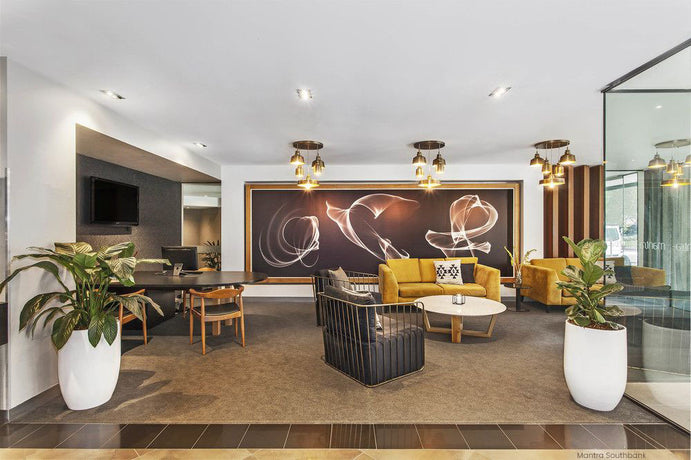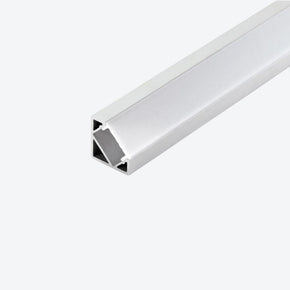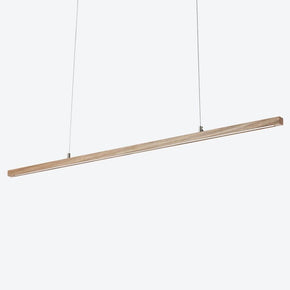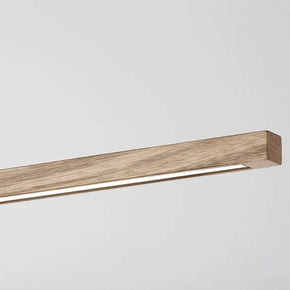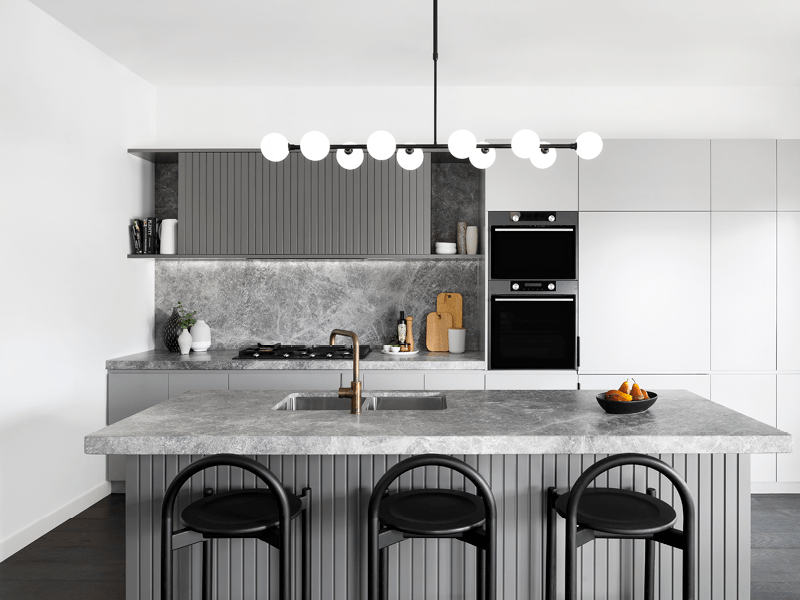- No products in the cart.
- ``
Replacing halogen downlights with LED
18
Nov
LED light bulbs are designed to have energy-saving properties, meaning they can offer the same degree of illumination as your traditional halogen bulbs, but with much less power. They’re not only energy-efficient, but they also offer a much more cost-effective lighting solution and are better for the environment overall. No wonder the LED lighting industry is growing faster than ever.
And now there’s no better time to replace your old halogens with LEDs. Halogen bulbs are slowly being phased out of use in Australia, and if you’re located in Victoria, you may be eligible for the Victorian Energy Upgrades program. The Government incentive provides rebates or discounts for installing energy-efficient lighting throughout the home. Click here to find out if you’re eligible.
Downlights in particular are a great candidate for LED replacements. Not only do they get a lot of use, but they’re also a bit of a pain to change over (given they’re in the ceiling). Replacing them with long-lasting LEDs means you won’t have to change them nearly as often!
LED downlights versus halogen downlights

In recent years, LED downlights have rapidly replaced traditional halogen bulbs across the country. There are several reasons for this.
1. LEDs are more energy-efficient
LED bulbs may use anywhere from 7 to 20 watts an hour. On the other hand, halogen bulbs use up to 500 watts an hour to provide the same amount of illumination.
2. LEDs have a longer lifespan
LED lights can last up to 50,000 hours, whereas halogen bulbs have a lifespan between 1000 to 2000 hours. Although the cost of LED lights may be higher than halogen bulbs at the outset, it works out to be more cost-effective in the long-term. You save money (and time) by not needing to constantly replace your bulbs.
3. LEDs are safer to run
To light up halogen bulbs, its transformers require a huge amount of heat, meaning there is also the risk of it igniting common substances like paper, dust and insulation batteries. On the other hand, LED bulbs use an electrical current that passes through a microchip, which illuminates the tiny light sources we call LEDs to produce visible light. LEDs are considered a much safer alternative to halogens as they produce 80% less heat than the traditional halogen bulb, while still providing you with the same amount of illumination.
4. LEDs are better for the environment
Not only are LED downlights cheaper overall, more energy-efficient and safer than halogen lights, they’re also better for the environment. By reducing the amount of power you use at home, you also reduce the demand for coal-fired energy!
How to replace halogen lights with LEDs

Have you decided to finally replace your traditional halogen lights with LED lights but don’t know where to start?
Well firstly, you will need a licenced electrician to remove the halogen downlights and replace them with LEDs, but the good news is that once they’ve been switched over, it’s really easy to replace the bulbs with replacement LEDs down the track. If you want even better performance, an electrician can also replace the entire light fitting with the new LED fitting.
But while you can’t replace your halogen lights yourself, there are some handy tips for ensuring you’re choosing the right LED bulb and fitting for your replacements.
1. Check the VA rating of your transformer
Firstly, you’ll need to identify whether your halogen light bulb comes with a transformer. Transformers are used to transform voltage levels, often to convert high voltages to suitable levels for household lighting. A higher voltage means that there is more energy that can be used from the same amount of current.
If your light has a transformer, then find the transformer’s maximum load before you replace it with your LED light bulb. This often can be located on the body of the transformer itself - it will be in the form of a ‘VA’ (unit of apparent power) number. These numbers inform us of the maximum voltage that the transformer can sustain.
For instance, a 50VA transformer can handle up to 50 watt halogen light bulbs, whereas a 30-60VA can carry 30-60 watt light bulbs. Also note that some transformers may be able to carry one individual light, while others may be able to carry several lower wattage light bulbs in a series.
It’s important to know that this maximum load relates to halogen light bulbs only. For example, if you have a 50VA transformer for halogen lights bulbs, then you should not install 50 watts worth of LED light bulbs. This would overload the fitting and be a safety concern.
2. Swap your halogens with LEDs with the same wattage
It’s crucial that you switch in LED light bulbs that have the same or equivalent wattage to your existing halogen lights. You can find the equivalent wattage information on the product specification online or on the product packaging.
The actual wattage of the LED may vary, but just make sure the equivalent wattage is the same as your current halogen bulbs. For example, let's say you have a 40W halogen light. Make sure you replace it with a 40W equivalent LED bulb. You may see both 5W or 6W LED lights have an equivalent wattage of 25W.
Please ensure you follow this step to avoid any safety risk, so that the transformer can handle the load safely. For example if you currently have a 40W halogen light installed, you must swap it to a 40W equivalent LED light bulb.
3. Match the fitting to your old halogen bulbs
You’ll need to ensure you match the fitting of your current halogen light to the LED light you’re buying. The easiest way to do this is to bring the old bulb with you when you’re purchasing your new light. This allows you to compare and identify if there are ‘pegs’ or ‘pins’. If there are pegs, it means it’s a mains voltage (a GU10) fitting, and you likely won’t have problems changing it. But if it does have pins, then it’s a low voltage bulb and could be a bit harder to replace. In that case, you may need to consult with an electrician for more advice.
Ready to make the switch?
We have a range of LED downlights to suit any interior aesthetic. Or, if you need more advice on how to switch out your current downlights, get in touch with the team. We’d be happy to help.



